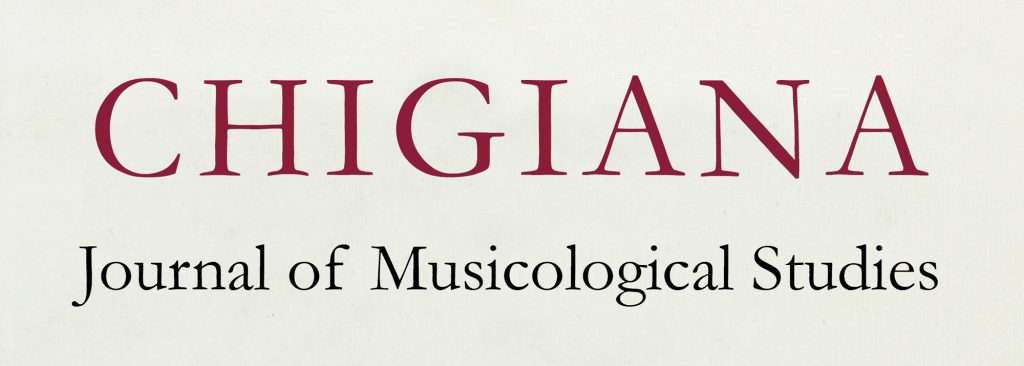
Inheriting music, preserving sound, documenting the listening
Inheriting music, preserving sound, and documenting listening are three actions that today underlie as many closely related fields of activity for those involved in the archiving of musical heritage. The nature of their connection depends on the necessary relationship that each of these operations has with the construction of the musical memory of the cultural community that gathers around the documentation sources.
Representatives of relevant institutions involved in the preservation, research and dissemination of musical heritage are invited to discuss the transformations of their work in the age of intermediality, in which documents are no longer primarily paper-based and constituted in the traditional forms of writing, but exercise their documentary function through a network of relationships between writing, sound and image, in technical formats and correlated technological specificities that also imply different modes of fruition.
The new musical sources, moreover, invite us to reformulate the terms of the distinction between material and immaterial cultural heritage, associating objects with the practices of their fruition, which is technologically assisted and conformed.
Thus, starting from the circuit between the preservation of sound sources and the practices of listening, the exchange between the participants will also explore the new role and function of archives in the dissemination of musical culture for the creation of a shared memory.
Ereditare la musica, conservare il suono, documentare l’ascolto
Ereditare la musica, conservare il suono, documentare l’ascolto sono tre azioni che oggi sottendono altrettanti campi di attività strettamente collegati per chi si occupa di archiviazione dei beni musicali. La natura del loro legame dipende dalla relazione necessaria che ciascuna di queste operazioni intrattiene con la costruzione della memoria musicale di quella comunità culturale che si raccoglie intorno alle fonti di documentazione.
I rappresentanti di rilevanti istituzioni nel campo della conservazione, ricerca e diffusione dei beni musicali invitati alla tavola rotonda sono chiamati a discutere sulle trasformazioni del loro operare nell’epoca dell’intermedialità, in cui i documenti non sono più di natura eminentemente cartacea e costituiti nelle tradizionali forme della scrittura, ma esercitano la loro funzione documentale per mezzo di una rete di relazioni fra scrittura, suono e immagine, in formati tecnici e correlate specificità tecnologiche che implicano anche diverse modalità di fruizione.
Le nuove fonti musicali, inoltre, invitano a riformulare i termini della distinzione fra patrimonio culturale materiale e immateriale, associando in maniera inscindibile gli oggetti con le pratiche della loro fruizione, tecnologicamente assistite, configurate e conformate.
A partire dunque dal circuito fra la conservazione di fonti sonore e le pratiche dell’ascolto, attraverso il confronto fra i partecipanti alla tavola rotonda si indagherà altresì quale possa essere il nuovo ruolo e la funzione degli archivi nella diffusione della cultura musicale per la creazione di una memoria condivisa.
